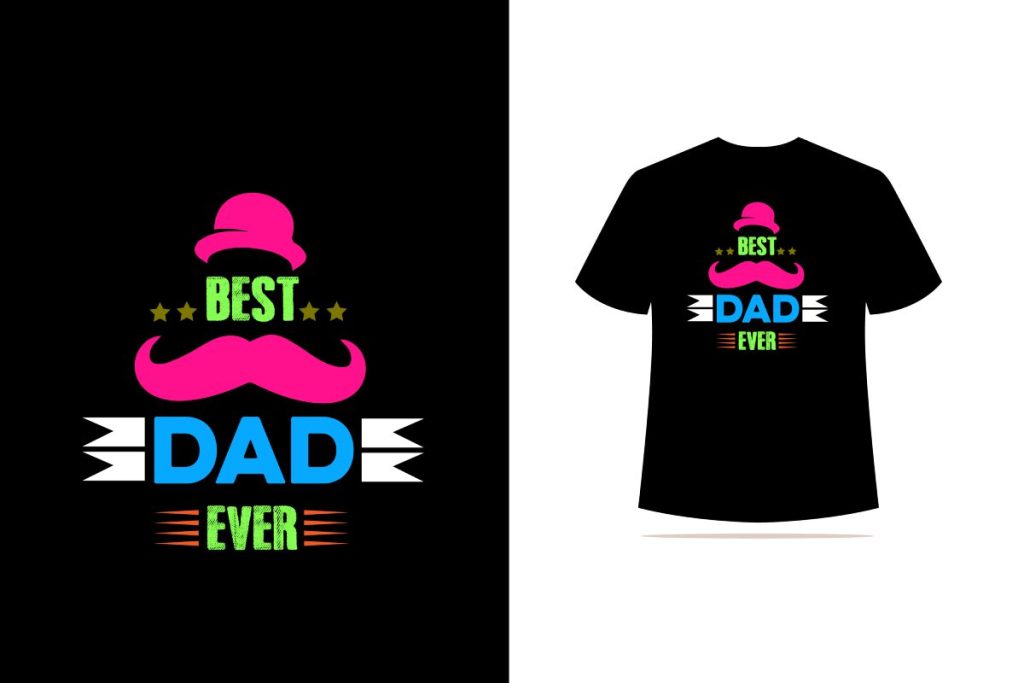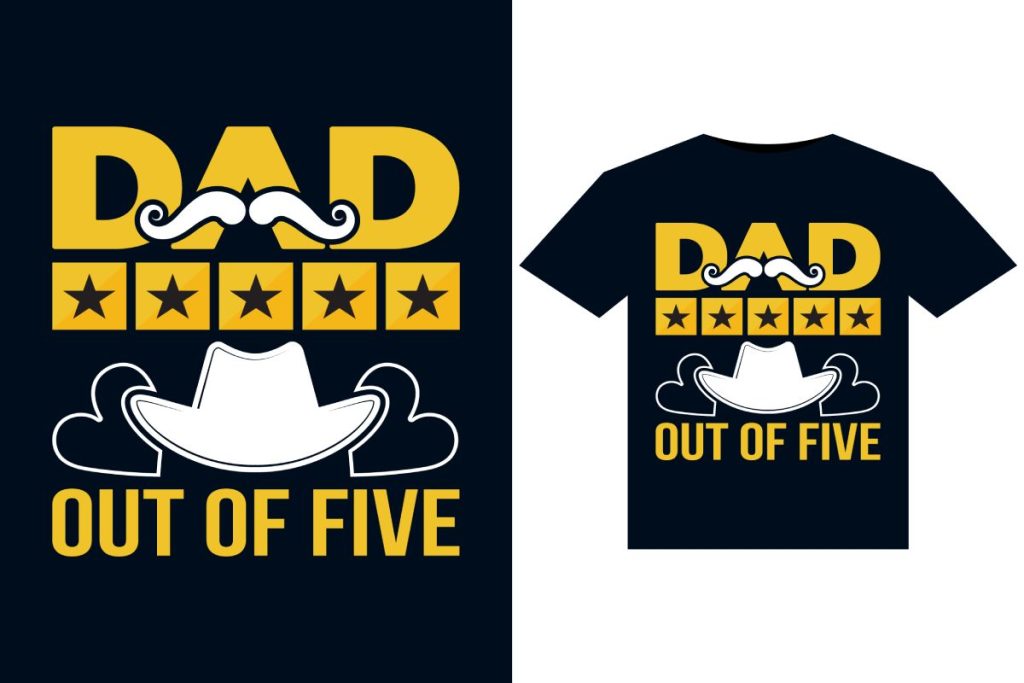DTF printing technology, or Direct-to-Film printing, has revolutionized the way we approach fabric printing in today’s fast-paced world. By enabling vibrant and detailed designs to be transferred directly onto various materials, this innovative method stands out among traditional techniques. As businesses continue to seek sustainable printing solutions, DTF emerges as a leading contender for eco-friendly practices in the industry. With print-on-demand technology becoming increasingly popular, DTF printers offer a seamless integration that meets the demands of modern consumers and businesses. This article delves into the latest innovations in printing that underscore the significance of DTF technology in shaping the future of textile production.
Emerging from the need for more efficient printing solutions, Direct-to-Film technology introduces a game-changing approach to the fabric printing landscape. This technique not only enhances design clarity but also aligns with sustainable practices that appeal to environmentally-conscious consumers. The rise of DTF printers marks a pivotal shift toward print-on-demand technology, enabling smaller enterprises to compete effectively within the market. Additionally, the ongoing innovations in printing reflect a broader trend towards customization and personalization in apparel production. As we explore this fascinating realm, we uncover how the advancements associated with DTF are setting new eco-friendly standards, positioning it as an essential tool for manufacturers.
Understanding Direct-to-Film Printing Technology
Direct-to-Film (DTF) printing technology represents a significant leap forward in the realm of textile printing. Unlike traditional printing methods that rely heavily on screens and multiple color separations, DTF printing simplifies the process by directly applying ink to a transfer film before it is heat-pressed onto the fabric. This allows for sharp, vibrant graphics that are not only durable but also versatile across various types of materials, including cotton, polyester, and blends. Additionally, DTF printing does not require a minimum order quantity, which aligns perfectly with modern consumer demands for personalized and on-demand printing solutions.
Moreover, the DTF printing process contributes to an eco-friendlier operation by minimizing ink waste and its carbon footprint. As the industry shifts towards sustainable printing solutions, DTF stands out as a method that both manufacturers and consumers can embrace. With its focus on efficient use of resources and minimal environmental impact, DTF technology positions itself as a key player in the sustainable revolution within the fabric production sector.
The Benefits of DTF Printers in Modern Printing
DTF printers are gaining popularity for their ability to deliver high-quality prints quickly and efficiently. These printers are designed to handle various film materials, allowing for flexibility in creating intricate designs and patterns. One of the significant benefits of DTF printers is their capability to produce vibrant colors and fine details that rival other printing technologies. This level of detail is crucial for businesses aiming to offer premium apparel products, especially in competitive markets where visual appeal plays a vital role in consumer choice.
In addition to their print quality, DTF printers are also user-friendly, reducing the learning curve for new operators. The technology integrates seamlessly into existing production workflows, making them an attractive option for businesses looking to modernize. With the rise of print-on-demand technology, the accessibility of DTF printers enables even small startups and individual entrepreneurs to enter the custom printing market without significant upfront investments.
Sustainable Printing Solutions with DTF Technology
As sustainability becomes a more pressing concern for consumers and businesses alike, DTF printing technology stands out as a responsible choice. The process itself generates significantly less waste compared to conventional screen printing, which often involves excessive ink usage and chemical runoff. Additionally, since DTF allows for the printing of smaller batches, it reduces overproduction, aligning with the growing trend of responsible consumption.
Furthermore, many DTF inks are now formulated to be more environmentally friendly, incorporating water-based solutions that limit harmful emissions during production. By adopting DTF technology, companies not only enhance their sustainability efforts but also appeal to eco-conscious consumers who prioritize brands committed to green practices. This alignment with sustainable printing solutions further solidifies DTF’s importance in the future of textile printing.
Innovations in DTF Printing Equipment
The DTF printing landscape is continually evolving, with innovations emerging to improve efficiency and output quality. Recent advancements have introduced faster printing speeds, allowing businesses to fulfill larger orders within shorter time frames. Additionally, new DTF printers boast improved technology that enhances print clarity and durability, ensuring that the end product meets consumer expectations for quality.
Innovations from leading manufacturers, such as the introduction of automation features, also streamline the production process. Automation reduces manual labor and minimizes human error, which can significantly improve overall workplace productivity and product consistency. As technology progresses, we can anticipate further developments in DTF printers that will continually redefine the standards of quality and efficiency in the printing industry.
The Expansion of Print-on-Demand Technology
Print-on-demand technology has revolutionized the way businesses approach inventory and production. The integration of DTF printing within this model allows companies to offer a wider variety of custom designs without the burden of maintaining large inventory levels. As a result, businesses can respond quickly to trends and customer preferences, creating products that are in high demand and reducing unsold stock.
Moreover, print-on-demand services powered by DTF technology foster a more personalized shopping experience for consumers. By enabling custom designs tailored to individual tastes, businesses can cultivate a stronger connection with their audience. This shift towards personalization in print-on-demand not only enhances customer satisfaction but also drives loyalty, making it an attractive strategy for brands looking to differentiate themselves in today’s saturated market.
Utilizing DTF Printing for Small Business Success
The adoption of DTF technology is particularly beneficial for small businesses looking to make their mark in the competitive apparel industry. With compact DTF printers now available on the market, these businesses can enter the custom printing space without a hefty investment in equipment. This accessibility democratizes the way printing is approached, allowing entrepreneurs to experiment with design ideas and launch personalized products with ease.
Additionally, DTF printing empowers small businesses to expand their product offerings with minimal risk. Since the technology supports on-demand printing, they can produce items based on actual orders rather than forecasting demand and investing in large batches upfront. This not only enhances cash flow management but also allows for a dynamic response to customer preferences, ultimately leading to increased sales and sustainable business growth.
Frequently Asked Questions
What are the advantages of DTF printing technology over traditional printing methods?
DTF printing technology, or Direct-to-Film printing, offers several advantages over traditional methods. It provides vibrant colors, detailed designs, and high-quality prints that adhere well to various fabrics. Additionally, DTF is more sustainable, as it reduces waste and uses eco-friendly inks, aligning with the increasing demand for sustainable printing solutions.
How does the sustainability of DTF printing technology compare to other printing options?
DTF printing technology is recognized for its sustainability benefits, including reduced waste in the production process. Unlike conventional methods, Direct-to-Film printing minimizes ink usage and energy consumption, making it a preferred choice for environmentally conscious businesses and consumers seeking sustainable printing solutions.
What types of materials can DTF printers be used on?
DTF printers are versatile and can be used on a wide range of materials, including cotton, polyester, nylon, and blends. This flexibility allows businesses to utilize print-on-demand technology for diverse applications, from apparel to accessories, catering to various customer needs.
Can small businesses benefit from adopting DTF printing technology?
Yes, small businesses can significantly benefit from adopting DTF printing technology. With compact DTF printers designed for small-scale production, these businesses can engage in high-quality print-on-demand services without the need for substantial investment, thereby enhancing their market competitiveness.
What innovations are currently shaping the future of DTF printing technology?
Recent innovations in DTF printing technology include advanced printers that enhance print quality and production speed. Companies like XTool and DTG Connection are leading these advancements, integrating automation and improved features that streamline the printing process and cater specifically to small businesses.
How does DTF printing technology support print-on-demand solutions?
DTF printing technology is ideal for print-on-demand solutions as it allows for quick and cost-effective production of custom designs. With the ability to print directly onto transfer films, businesses can easily fulfill individual orders without large upfront production runs, meeting the growing demand for personalized apparel.
| Key Point | Description |
|---|---|
| Sustainability in Apparel Production | DTF printing significantly reduces waste compared to traditional methods, aligning with eco-friendly practices. |
| Expansion of Production Capacity | Businesses like EazyDTF are investing in new printers to enhance production capabilities and meet growing demand. |
| Accessibility for Small Businesses | Compact printers, like the A3 DTF printer from AM.CO.ZA, provide smaller enterprises access to high-quality printing. |
| Innovations from XTool | New technologies introduced by companies aim to improve print quality and production speed in DTF printing. |
| Launch of New DTF Printer by DTG Connection | Industrial-grade printers designed for small businesses offer automation and quick setup, enhancing productivity. |
Summary
DTF printing technology is revolutionizing the future of printing solutions, offering sustainable practices, expanded capabilities, and enhanced accessibility for all businesses. With its innovative approach to fabric printing, DTF technology is helping to create high-quality, vibrant designs while minimizing environmental impact. The growing availability of advanced DTF printers empowers small businesses, enabling them to compete effectively in the market. As advancements continue in this field, the DTF printing landscape promises to reshape the textile industry, catering to both consumer demands and industry standards. Overall, DTF printing technology stands as a testament to the forward momentum of the printing industry, paving the way for a more sustainable and accessible future.



